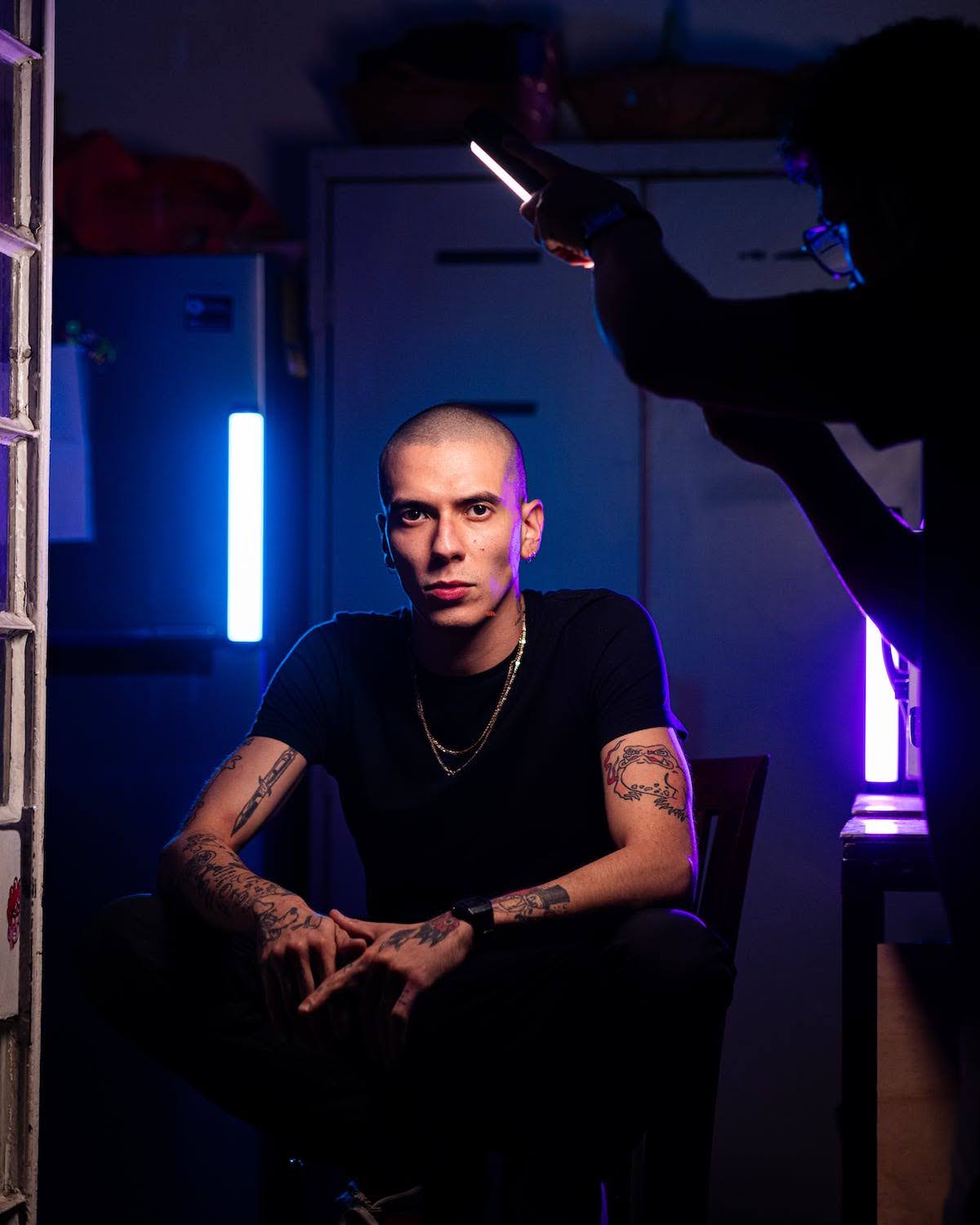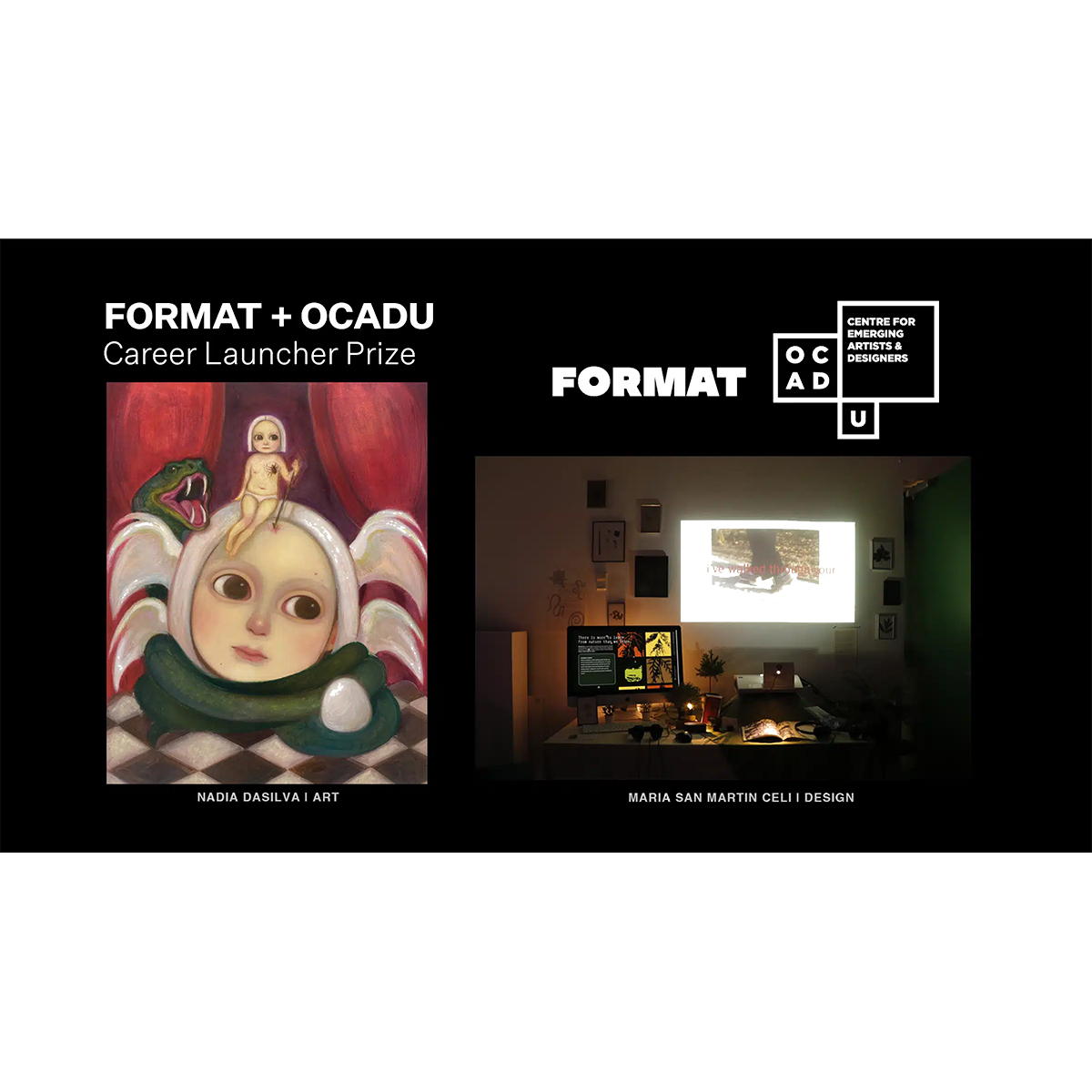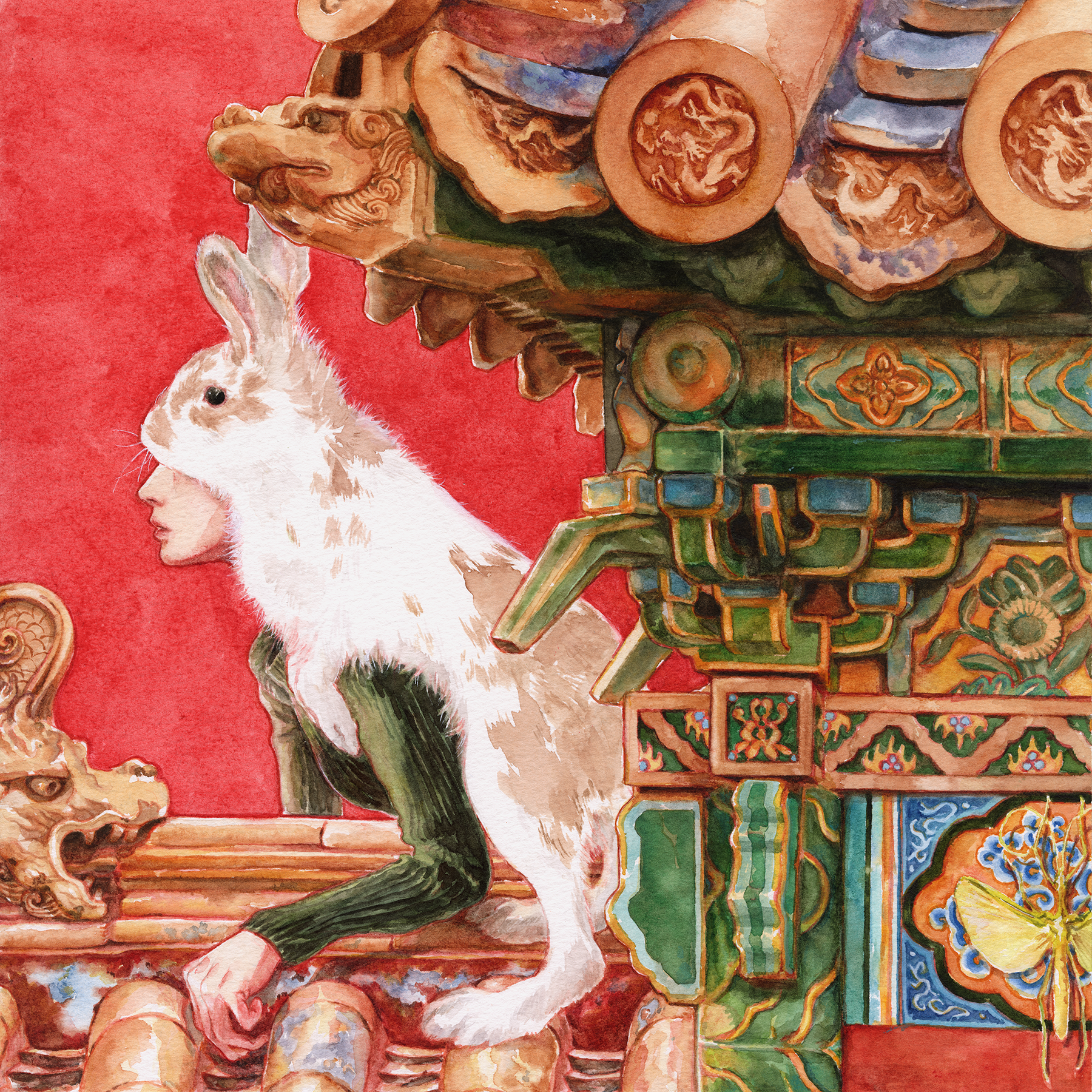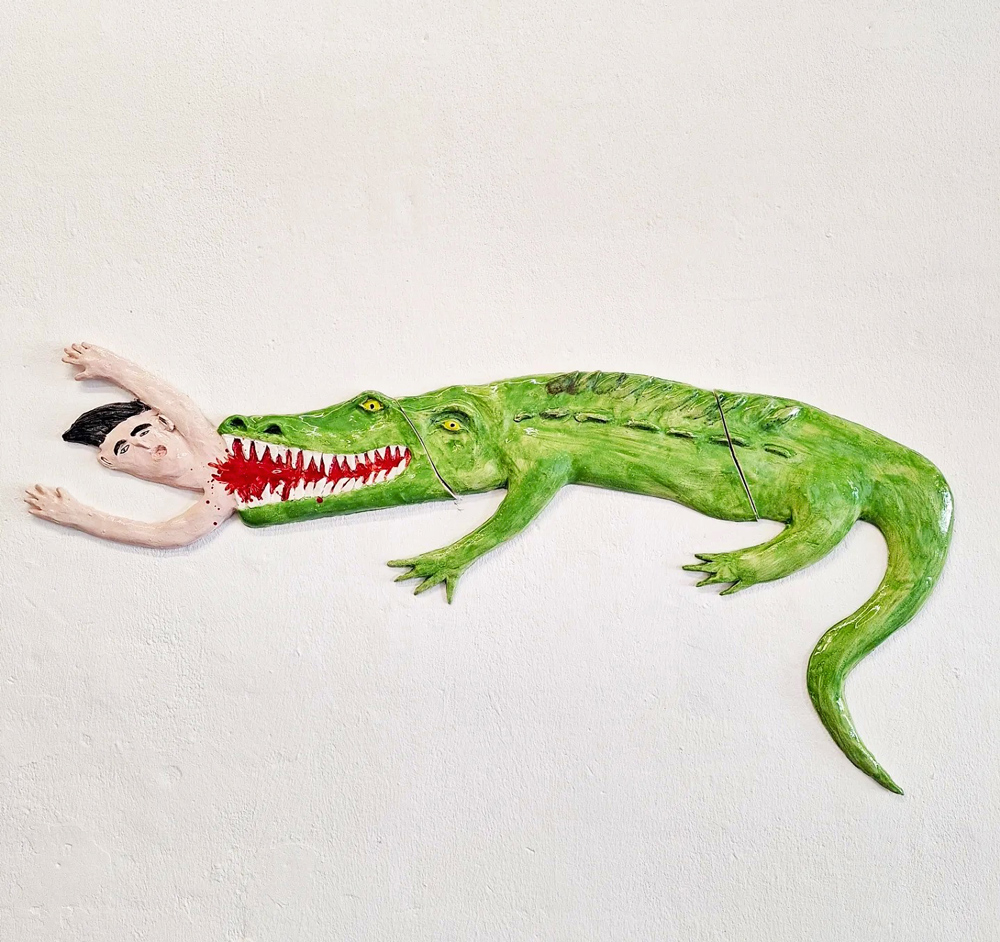While natural lighting has its perks, nothing comes close to the level of control you can achieve with artificial lighting. Today, many photographers favor studio lighting as their go-to artificial lighting choice, particularly in controlled environments. That’s because it enables precise control to craft various lighting effects, from dramatic shadows to soft highlights and everything in between.
So, what should you keep in mind when working with studio lighting? We’ve crafted a comprehensive guide that covers the important things you need to know.
The Primary Types of Studio Lighting
When it comes to studio photography, understanding the different types of lighting and how they affect your overall image is essential. Let’s explore some of them.

1. Continuous lighting
Continuous lighting, sometimes called constant lighting, refers to lighting sources that stay on continuously while you’re taking pictures. They provide a steady and uninterrupted light output, allowing you to see and adjust the lighting in real time.
When shooting with continuous lighting, what you see is what you get. For instance, if you observe uneven lighting on your subject and proceed to take a picture without addressing the issue using a reflector, that’s precisely how the shot will turn out—unevenly lit.
For this reason, continuous lighting is a top choice for many beginner photographers. It’s user-friendly and straightforward to master, making it an ideal starting point. Today, various types of continuous lights exist, including LEDs, Tungsten, fluorescent, and HMIs. Therefore, selecting your lighting based on your creative preferences and shooting needs is important.
When getting started, pay close attention to your camera settings to effectively use continuous lights in your studio work, particularly your shutter speed and the light’s color temperature. Also, be mindful of any unwanted ambient light to control your shooting environment fully.

2. Strobe lighting
Strobe lighting refers to adjustable lights that fire when triggered with a burst or “strobe” of light.
Compared to the classic shoe-mounted flash, strobes, also known as studio strobes, are notably larger, more powerful, and boast faster recycling times. These strobes come in three primary types, each serving specific functions for photographers: pack-and-head systems, monolights, and battery-powered strobes.
When choosing from the array of strobe models available, it’s essential to consider the energy output. This determines the intensity of the light burst. If the strobe’s energy is too high, you risk overexposure, while too low can lead to underexposed images. In essence, the power you require from your strobe is directly related to your subject and photographic goals.
To get the most out of your light, take the time to play around with its settings and familiarize yourself with it. When working with strobe lighting, ensure that your camera’s exposure settings match the strobe’s settings and sync your camera with the strobe’s bursts of light to capture shots perfectly.

3. LED lighting
LED lighting, short for Light Emitting Diodes, is a versatile primary light source for photographers. It delivers clear, directional light, making it suitable for various photography types, including portraits, products, and events.
LED lighting has gained popularity in studio lighting due to its many advantages. These include energy efficiency, durability, the ability to control color temperature, as well as their compactness and lightweight design. LED studio lighting comes in various forms, including LED rings, strips, panels, and spotlights.
To successfully integrate LED lighting into your studio work, you’ll need to select the appropriate LED light. Consider factors such as brightness, color temperature, and the type of LED fixture that complements your style and subject.
Once you’ve made your selection, position the lights strategically to achieve your desired effect while maintaining control over the light exposure on your subject.
Essential Tips for Working With Studio Lighting
Whether you’re experienced or just starting out with studio lighting, these essential tips will come in handy in your studio photography work.
1. Start with a single light source
Contrary to popular belief, you can achieve striking shots with a single light source. The trick to mastering the art of lighting is to start with a single light source and gradually expand your setup.
Whether you’re shooting portraits, still lifes, or products, mastering light control is essential for achieving different looks in your photography. Simple adjustments, such as altering the angle and height of your light source, can transform your images from basic to impactful.
Your light source options include natural light, studio strobes, LED, or candlelight. Depending on your desired look, pairing your single light source with a reflector or softbox to enhance your shots is advisable.
2. Use a light meter
Light meters are photography tools that accurately measure light in a scene. By measuring the available light, it becomes easier to determine the proper exposure settings on your camera or adjust your light sources.
Light meters come in various forms, including handheld for precision and versatility and built-in camera meters for convenience in everyday photography. The choice between them depends on what you want to get out of the shot.
3. Use light modifiers
Light modifiers in studio lighting setups are invaluable tools for shaping and controlling the intensity and direction of light on your subject. From softboxes and umbrellas to grids and reflectors, these light modifiers can help you achieve a wide variety of looks and effects.
For example, in a situation where the studio light produces strong and harsh light, modifiers like softboxes or umbrellas can come in handy. By skillfully infusing them into your studio photography, you can successfully diffuse and soften the light on your subject.
4. Control the color temperature
Put simply, color temperature refers to the warmth or coolness of light in your photo. Interestingly, color is just as important as light in photography.
When working with studio lighting, paying attention to the color temperature of your light is crucial, as it sets the mood and feel of your image. To control your light’s color temperature, use filters or gels on your lights or adjust your camera’s white balance.
5. Experiment with different angles and distances
The angle and distance of your light from your subject play a significant role in shaping the lighting on your subject. While some photographers may achieve the ideal angle and distance on their first attempt, many of the best shots result from trial and error, involving multiple adjustments to the light sources.
The trick is to experiment with different angles and distances by repositioning your light source around your subject till you get your desired results.
6. Use a reflector
Reflectors are budget-friendly light modifiers, granting you control over light quality and direction. However, bear in mind that different reflector colors provide different effects. For instance, gold reflectors add warmth to the light, while white reflectors provide a soft and natural fill light.
Remember to position your reflector opposite your main light source and angle it properly to bounce light onto your subject for a more balanced and professional result.
7. Pay attention to the background
Whether you’re aiming for an abstract, monochromatic, or textured background, the background choice significantly influences a photograph’s overall look and feel.
Paying attention to the background means checking for distractions, ensuring proper lighting, assessing composition, and maintaining consistency. These deliberate choices contribute to creating a well-balanced and visually appealing photograph.
8. Take test shots and make adjustments
Taking test shots in photography is like running warm-up laps before a race. It allows you to observe and fine-tune the elements in your image, including camera settings, composition, and lighting, before taking your final image.
By capturing test shots and making the necessary adjustments, you can ensure that your final images are properly exposed and aligned with your creative vision.
9. Safety first
Prioritizing safety when working with studio lighting equipment is essential to prevent accidents in the studio. These accidents can take various forms, including electrical shocks, equipment overheating leading to fires, tripping over cables, or even toppling light stands.
To maintain a safe studio environment, it’s crucial to adhere to all safety instructions and guidelines when using studio lighting.
10. Practice and experiment
Mastering working with studio lighting—much like refining any skill—takes practice and experimentation. By doing this, you’ll learn how slight light adjustments impact your image’s look and feel.
As you spend more time working with studio lighting, you better understand how to position lights for specific effects.
Common Lighting Setups for Captivating Photography
Studio lighting setups give photographers the flexibility to create different looks and lighting effects in their photos. These setups have a big impact on the style and mood of your images–allowing you to create the effect you or your clients desire. We’ll explore some of the most common lighting setups to get you started.

1. One-point lighting
The one-point lighting setup involves shooting with a single light source. Depending on your creative choice, you can experiment with different light angles and setups to find what suits your subject and style best.
To make the most of limited light, use modifiers like reflectors and diffusers. These modifiers allow you to control the light direction and softness for visually appealing images.

2. Three-point lighting
The three-point lighting setup is one of the most popular and widely used setups among photographers. As the name implies, three-point lighting consists of three types of light: the key light, fill light, and backlight. In different shooting situations, these three lights team up to give your photos depth and balance.
The key light, which is the primary light source, goes on one side at a 45-degree angle from your subject. The fill light sits on the opposite side to soften shadows, and the backlight, at the back of your subject, adds depth and dimension to your shot.

3. Rembrandt lighting
Rembrandt lighting is a classic studio lighting setup popularly used for studio portraits. This technique uses a single or two separate light sources to create a moody and dramatic effect in your images.
Named after the renowned Dutch painter Rembrandt Harmenszoon van Rijn, Rembrandt lighting is easily recognizable by the inverted triangle of light formed on the subject’s cheek.
To create Rembrandt lighting, position your key light at a 45-degree angle to your subject, slightly above their eye level. Then, have your subject adjust their head until a triangular patch of light forms on the opposite cheek. You can also use a reflector to bounce light on the subject’s face and reduce contrast.
Unlock Your Creativity Through Studio Lighting
Understanding how studio lighting works is a game-changer regardless of your photography level. While experimenting is always a good idea in photography, remember to take safety precautions and combat tricky lighting like a pro with light modifiers.
Ultimately, discovering your unique style with studio lighting becomes easy with practice and experimentation. So, apply everything you’ve learned in this guide to unlock your creativity and capture awesome photos.












